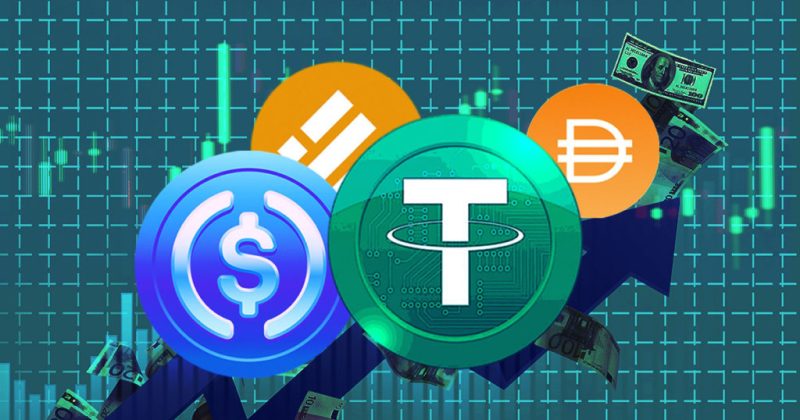The U.S. House Financial Services Committee approved the STABLE Act on April 2, 2025, in a 32-17 vote. This new legislation, formally known as the Stablecoin Transparency and Accountability for a Better Ledger Economy (STABLE) Act, aims to regulate dollar-backed stablecoins by introducing clear standards and consumer protections.
A Push for Stability and Transparency in Crypto
Introduced by Subcommittee Chair Bryan Steil (R-WI) and Committee Chair French Hill (R-AR), the STABLE Act lays out key requirements for stablecoin issuers:
- One-to-one reserve backing with U.S. dollars or equivalent assets
- Strict capital requirements
- Compliance with anti-money laundering (AML) regulations
According to Rep. Steil, the bill is designed to “secure the future of financial payments and continued dominance of the U.S. dollar as the world’s reserve currency.”
Rep. Dan Meuser (R-PA) echoed this sentiment, emphasizing that the legislation helps strengthen the dollar’s global standing by ensuring stablecoins are safely integrated into the financial ecosystem.
Bipartisan Backing, But Political Tensions Remain
While the STABLE Act has drawn bipartisan support for its focus on innovation and consumer protection, not all lawmakers are on board. Democratic leaders have flagged potential ethical concerns related to conflicts of interest.
Rep. Maxine Waters (D-CA) voiced opposition over the involvement of former President Donald Trump’s family in crypto ventures such as World Liberty Financial’s stablecoin, USD1. She warned that the bill may “validate efforts by insiders to write financial rules that benefit themselves.”
The bill now moves to the House floor for further debate and a potential vote. If passed, it would mark a major step toward creating a comprehensive regulatory framework for stablecoins in the United States.
Its advancement highlights a growing acknowledgment in Washington that digital assets are here to stay—and that they need clear rules to operate within a secure financial system.
